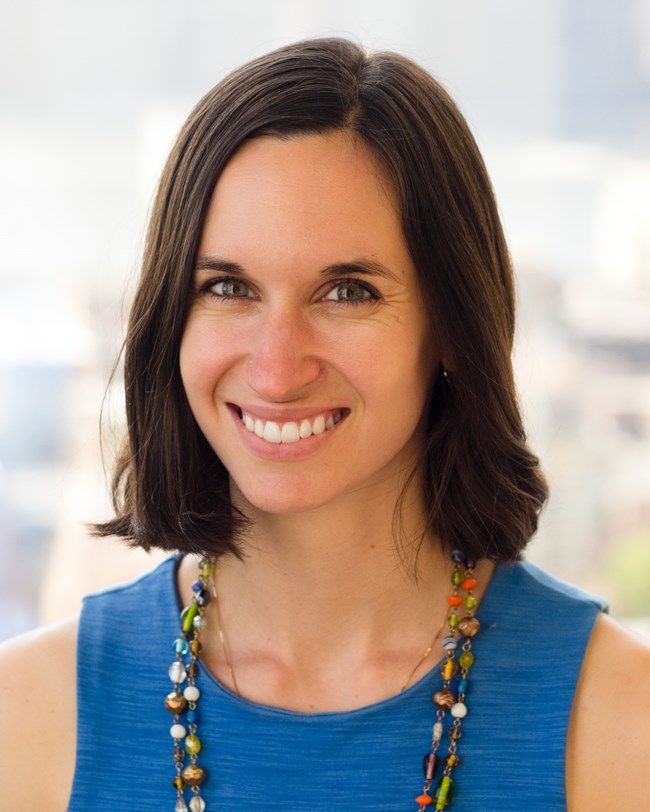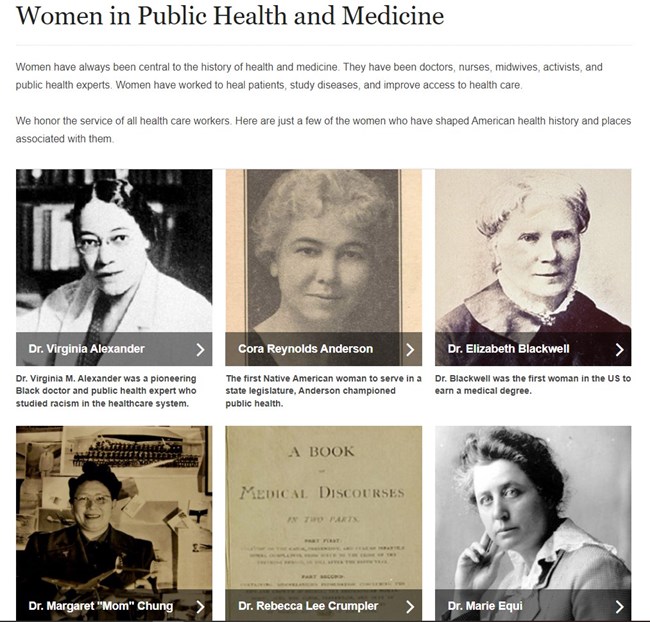Last updated: September 19, 2022
Article
Intern and Fellow Highlights: Ella Wagner

Courtesy of Ella Wagner
We are celebrating our interns and fellows and the work they do all April long for National Internship Awareness month! You may have heard of cultural resources, but what exactly does this work entail and what type of work do interns and fellows do?

Headshot of Ella Wagner.
Everyone has a personal connection to cultural resources. Cultural resources help us define what makes us human through understanding the evidence we leave behind and continue to create today. This can include anything from archives, archaeological sites, museum collections, structures and cultural landscapes, and resources with significance to a group of people traditionally associated with them.
To learn more about cultural resources, visit the Cultural Resources, Partnerships, and Science Directorate page.
So... What exactly does a cultural resource internship look like?
Interns and fellows work with multiple offices, programs, and parks through partner organizations such as the American Conservation Experience (ACE) and National Council for Preservation Education (NCPE). They work on various projects that range from tribal consultation and policy to telling the stories of women in World War II and even to connecting local communities with public history.
Their work adds value to the National Park Service and supports our mission to preserve for the enjoyment, education, and inspiration of this and future generations. This April 2022 we are featuring Ella Wagner (she/her) to celebrate.
Meet Ella, who is the American Conservation Experience (ACE) 250th Commemorative Fellow at the NPS Cultural Resources Office of Interpretation and Education (CROIE).
Tell us a little bit about yourself.
I am a public historian currently finishing my PhD from Loyola University Chicago. My scholarly work focuses on race and immigration politics in the American women’s temperance movement. I got started in that research through previous work with the Frances Willard House Museum in Evanston, IL, a National Historic Landmark that was home to suffragist and temperance leader Frances Willard. I curated a digital exhibit about racist comments Willard made in the 1890s, her subsequent conflict with journalist and anti-lynching activist Ida B. Wells, and the politics of race in women’s movements past and present. (The exhibit is available at www.willardandwells.org.) I brought this expertise to the NPS in 2020 to support the 19th Amendment Centennial Commemoration. I continue to work on women’s history and I now also focus on preparing for America 250—coming up in 2026! In my spare time I enjoy reading, yoga, and watching the Baltimore Orioles (occasionally) win.
Describe a little bit about what you do in your position? What does a typical day for you look like?
I primarily work from my home office in Silver Spring, MD with occasional visits to the Main Interior Department Building in downtown Washington, DC. I spend a lot of my time researching, writing, and building digital content resources for NPS.gov, specifically for the Telling All Americans’ Stories and Women’s History websites. A few projects I’m really proud of include this collection of “Women of Public Health and Medicine” and this biography of a really troubling figure in NPS history, conservationist and eugenicist Madison Grant, which I co-wrote with my colleague Perri Meldon (also an ACE fellow!). The Grant biography is part of a really important conversation about racism and conservation that has been going on around the NPS for several years but that we as an agency need to address more fully. In addition, once a month I facilitate a Women’s History Working Group that brings together practitioners of women’s history across the NPS, as well as external partners.

Courtesy of Ella Wagner.
In your own words, how would you describe cultural resources?
Cultural resources are our shared heritage as a species, as a nation, and as a community. Whether they’re tangible (like archeological sites or historic houses) or intangible (like oral histories or performing arts traditions) they help us connect to the past and move forward into the future. It’s an honor to be part of the work of preserving and protecting them.
Do you have any advice for people interested in this work?
Before you take on the commitment (and possibly the debt) of a graduate program, get some experience working in the field through an internship or a part-time or full-time job! An NPS internship is a great way to test the waters and figure out what it is about the field that most calls to you.
What do you enjoy most about your work?
I find that I’m able to get interested in pretty much any historical topic if I can find something about it that challenges my expectations or sparks curiosity. Higher education is mostly a process of realizing how much you don’t know, so I hope to be able to learn new things throughout my career!
Where do you hope to see yourself in the next coming years?
I’m thrilled to be finishing my PhD this coming summer of 2022. I’ll be continuing to work with the NPS for the immediate future and hope to keep doing public history either here or in another museum or institution.
You can read more of Ella’s work by searching “Ella Wagner” on the NPS website search engine or searching “Women in Public Health,” “Madison Grant,” and/or “Places of Women and Vegetarianism” on the NPS website search engine.
Join us in saying thank you to cultural resources interns this month!
For more information on CRPS internship programs contact Paloma Bolasny at e-mail us
For more information on youth and young adult programs and opportunities in the National Park Service, visit Youth Programs (U.S. National Park Service) (nps.gov)
